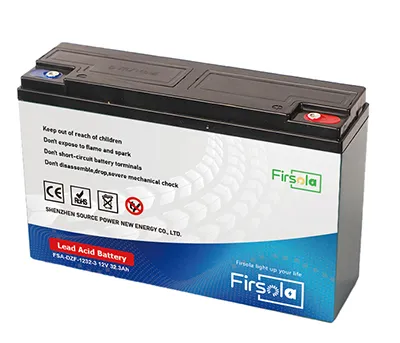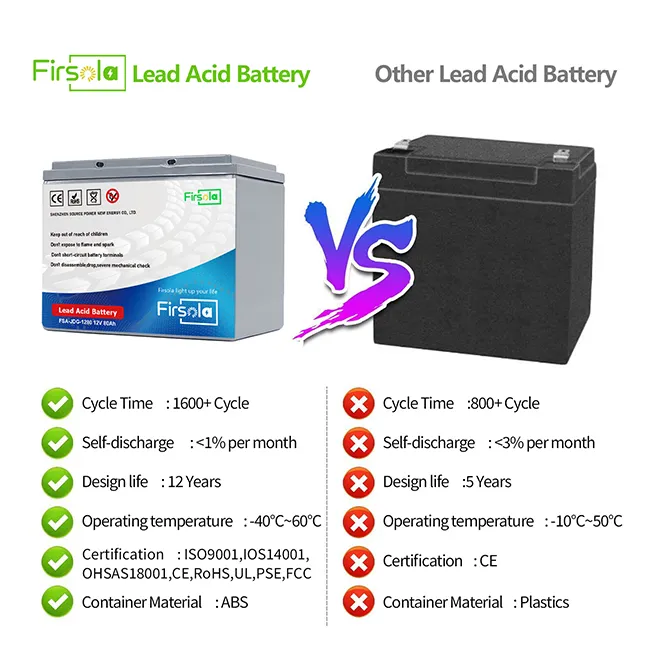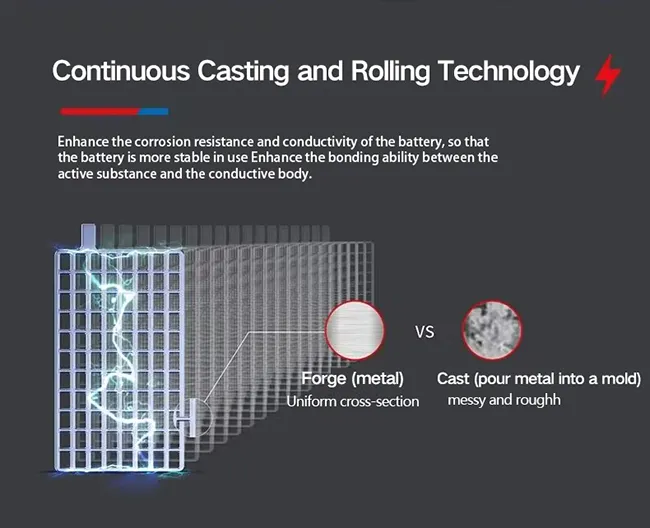As a common battery type, lead-acid batteries are widely used in various scenarios, such as automobiles, UPS power supplies, solar energy storage systems, etc. The replacement cycle of lead-acid batteries is generally 2 to 3 years. The charging method of lead-acid batteries is very important, which will directly affect the service life of the battery. Below, Firsola will take you to learn about some things you need to pay attention to when charging lead-acid batteries:

1. Choose the right charger
First of all, make sure to choose a charger that matches the lead-acid battery. It is best to use the original charger as much as possible. Different types of lead-acid batteries require different charging voltages and currents. Improper use may lead to overcharging or over-discharging, affecting battery life and even causing safety hazards. Therefore, when purchasing a charger, be sure to carefully check the charging parameters of the lead-acid battery to ensure that the charger can provide appropriate voltage and current.


2. The charging environment should be ventilated
During the charging process, lead-acid batteries produce hydrogen and oxygen, which are normal electrochemical reactions. However, accumulated hydrogen gas is extremely explosive, so make sure the charging environment is well ventilated when charging. It is best to charge in an open space or a well-ventilated area to prevent hydrogen gas accumulation and reduce potential safety risks. Do not place heavy objects on the charger when charging. If heavy objects are placed on the charger, the charger and battery may be damaged to a certain extent. In severe cases, a fire may occur.

3. Control charging current and voltage
When charging lead-acid batteries, the charging current and voltage should be controlled to avoid being too high or too low. Excessively high charging current will cause the battery to generate heat and increase gas production, which may cause battery deformation, leakage or even explosion in severe cases; while too low charging current may cause the battery to be unable to be fully charged, affecting battery performance. Therefore, when using a charger, be sure to adjust the appropriate charging current and voltage according to the specifications and requirements of the lead-acid battery.

4. Regularly check lead-acid batteries fluid levels
Lead-acid batteries are usually liquid batteries, and the liquid level of the battery is directly related to the normal operation and life of the battery. Before and after charging, check the battery fluid level regularly to make sure it is within the specified range. If the liquid level is found to be too low, distilled water should be added in time, but avoid excessive addition. Proper electrolyte levels help maintain normal electrochemical reactions inside the battery and extend battery life.
5. Avoid overcharging
Overcharging is one of the common problems of lead-acid batteries, which can lead to battery electrolyte evaporation, plate corrosion, excessive gas production and other problems. In order to avoid overcharging, you can choose a charger with overcharge protection function, or check the battery voltage regularly during the charging process to ensure that it does not exceed the specified range.

6. Avoid deep discharge
Similar to overcharging, deep discharge also has a negative impact on the life of lead-acid batteries. Deep discharge can lead to problems such as damage to battery plates and excessive electrolyte concentration. Therefore, when using lead-acid batteries, try to avoid discharging the battery to extremely low voltage and keep it within the specified range.
Overall, correct charging is an important part of ensuring the normal operation and extending the service life of lead-acid batteries. Choosing the right charger, ensuring ventilation, controlling charging current and voltage, regularly checking battery fluid levels, and avoiding overcharging and discharging are all critical steps. Through scientific charging management, we can maximize the performance of lead-acid batteries and provide long-lasting and reliable power support for various application scenarios.
